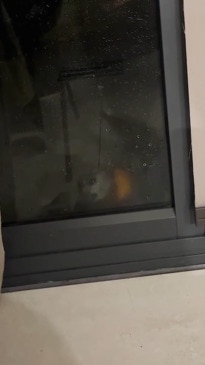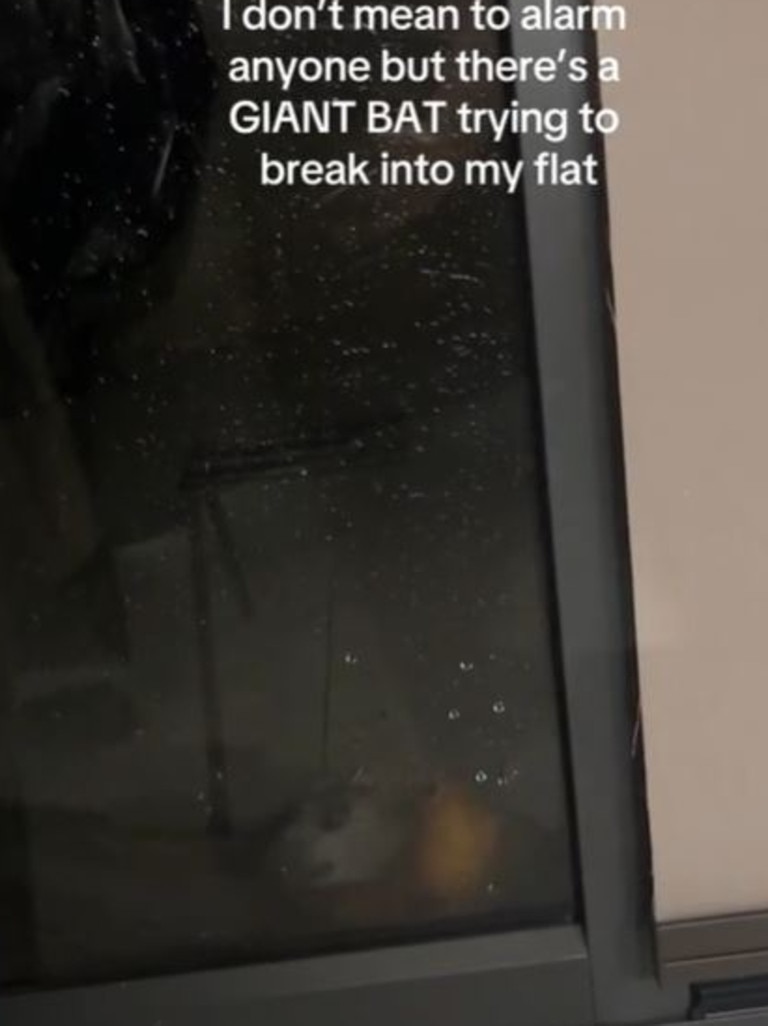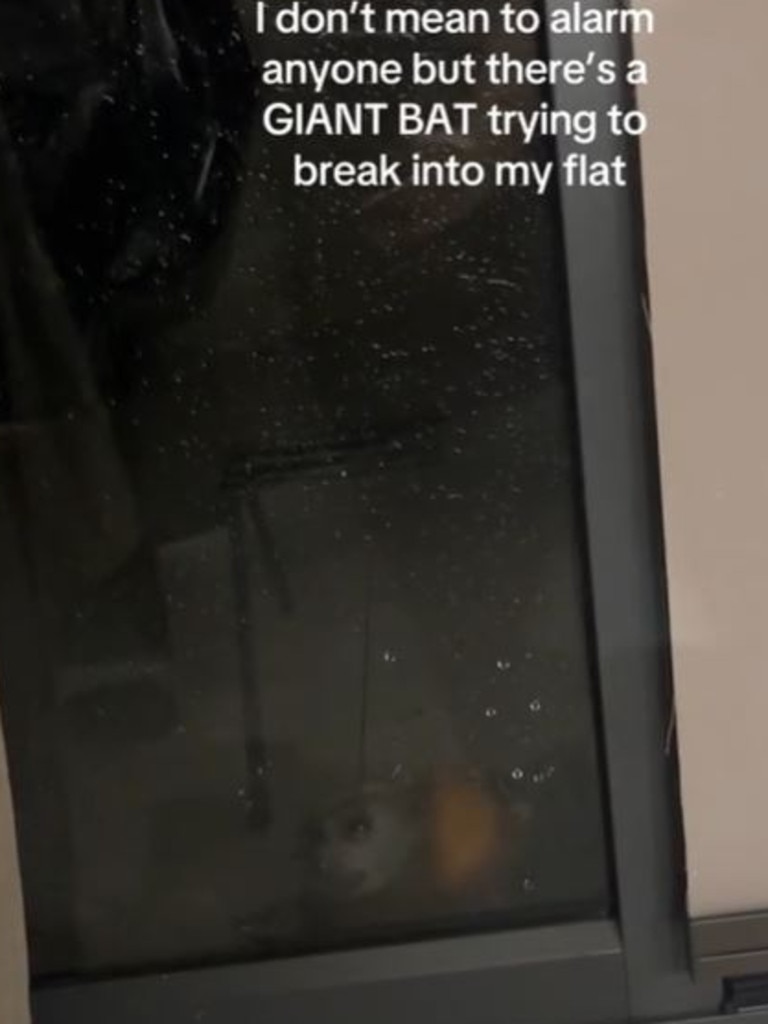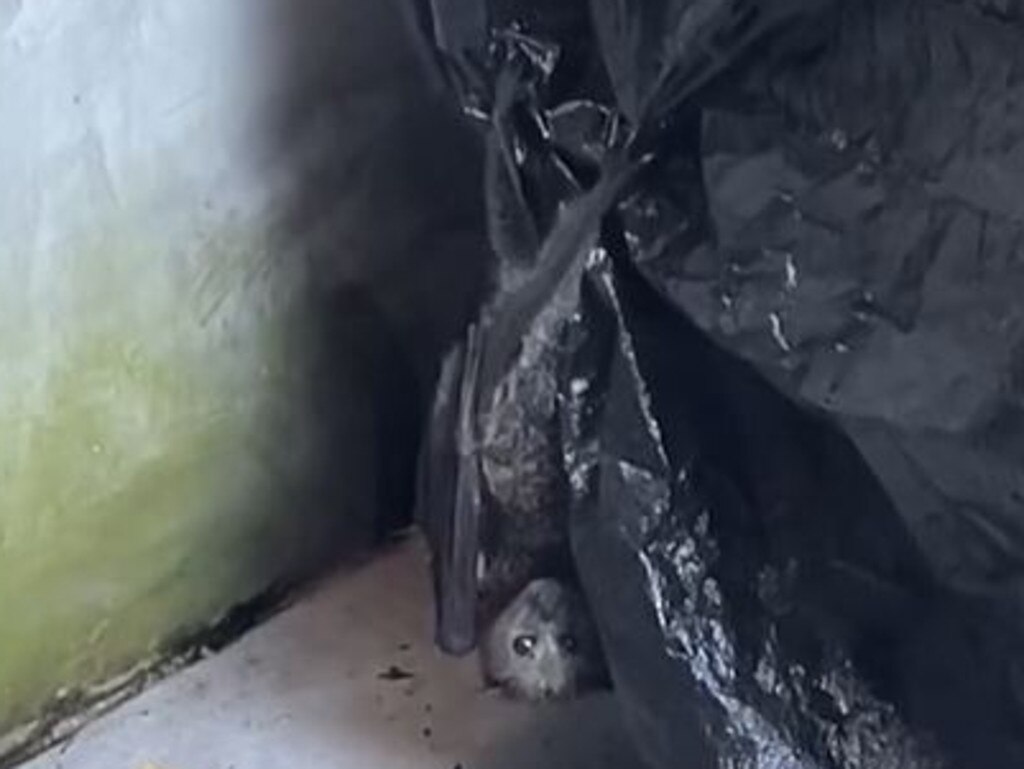British woman traumatised by grey-headed flying-fox at accommodation window
A British woman staying in Sydney has documented the terrifying moment a common winged creature tried to bust through her window.

Travel to Australia, they said.
If it’s not a brown snake in your sheets, it’s a fruit bat trying to break into your bedroom.
One British visitor has documented the traumatising moment a male grey-headed flying fox tried to bust through a window at the Sydney accommodation where she was staying, and shared her experience on TikTok.
The video, captioned ‘get me back to London’ and has been viewed more than 47 million times, shows the rather cute but scared creature pounding at the window in distress, clearly trying to get inside.


Thankfully, the woman filming the mammal called for help and the flying fox, which is a protected species, was safely captured and cared for by authorities before being prepared for release.
The professional wildlife catcher who attended the scene also featured in the video.
“He has been trying to get himself out,” she explained to the camera while capturing the animal.
Wrapped in a blanket and sounding almost as shaken by the ordeal as the British traveller — the flying fox was given a small syringe of glucose to “combat the shock”.
News.com.au understands the rescuer is a local Sydney wildlife carer who specialises in the capture, care and release of flying-foxes.

Viewers of the ordeal were happy to see the rescue, however noted the flying fox is one of the “scariest things”.
“When they fly they look scary but their face is actually so cute,” one commented.
“They just look like sky puppies,” another added.


Flying foxes (also known as fruit bats) are common nomadic mammals that travel across large areas of Australia, according to the NSW government.
Typically, they feed on native blossoms and fruits, spreading seeds and pollinating native plants, making them a vital species to the health and regeneration of Australian native forests “because they can transport pollen over vast distances and are also able to disperse larger seeds”.
Flying foxes have become more common in urban areas, with experts believing it may be due to changing environmental conditions such as clearing land for houses, agriculture or forestry.
“The urbanisation of flying foxes has increasingly brought flying foxes into contact with people,” the NSW Department of Planning and Environment website reads.
“It may look as though they are becoming more abundant, but recent estimates of the vulnerable grey-headed flying fox show no evidence of any increase in their population.”




